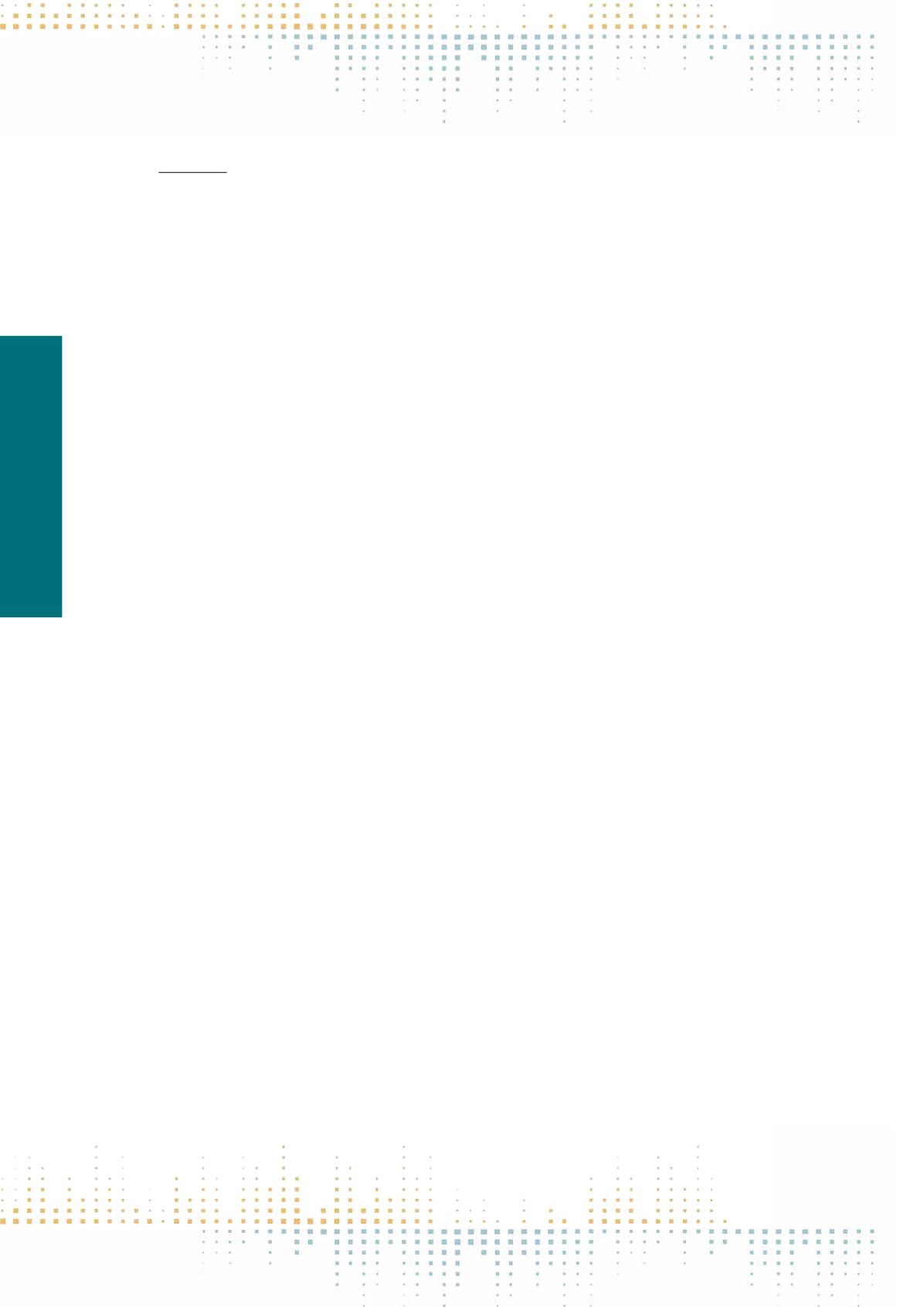

526
Friday, November 11
0 9 : 0 0 – 1 0 : 3 0
PP 281
The Personalization of European Union Politics: Trends in the Newspaper Coverage of European Affairs, 1994–2015
K. Gattermann
1
1
University of Amsterdam, Department of Communication Science, Amsterdam, Netherlands
The personalization of politics is a long-observed phenomenon in modern democracies that has received considerable scholarly attention in national pol‑
itics. However, little is known about the phenomenon in European Union (EU) politics. Recent institutional and political developments suggest that such
a trend, whereby politicians increasingly become the main focus of political processes, is underway: the Lisbon Treaty created new political offices and, for
the first time, the major European party families put forward top candidates for Commission President in the 2014 EU elections. The media provide a crucial
link between EU citizens and their representatives. Studying the personalization of EU news coverage is therefore important in view of the debates about
the EU’s alleged accountability deficit, which partially derives from lack of information for EU citizens about responsibilities in EU politics (Hobolt & Tilley
2014). This paper sheds light onto this phenomenon by asking: To what extent and under what conditions does the personalization of EU politics in news
coverage occur over time and transnationally? The focus of the paper lies on individualization trends, that is the extent to which EU politicians receive
increasingly more news attention at the expense of EU institutions, political parties and ultimately national politicians. It puts forward five hypotheses: 1)
we are likely to find an overarching trend of individualization over time amid the accelerating EU integration progress; 2) this trend is likely to vary in scope
across different countries due to differences in media, political and electoral systems; 3) procedural and institutional changes as well as salient events are
likely to lead to higher visibility of EU political actors at certain points in time; 4) we are likely to find an increase in the visibility of leaders relative to other
EU politicians; and lastly 5) nationality is likely to be a key driver of individual-level variation, i.e. own nationals are referred to more often than EU politicians
from a different country. To answer the research question, the paper investigates individualization patterns in the newspaper coverage of European affairs
between 1994 and 2015 in six EUmember states: Ireland, the UK, France, the Netherlands, Germany and Italy.The advantage of the cross-national approach
lies in comparing patterns of personalization across different types of media, political and electoral systems, which vary to a great extent in the chosen coun‑
try sample. It assesses the visibility of more than 2,400 MEPs and more than 100 EU Commissioners relative to EU parties, institutions, and (random samples
of) domestic parliamentarians. Overall, the findings lend support to the hypotheses. The paper argues that we do see a trend of personalization in EU news
coverage. In addition, and irrespective of country differences, newspapers increasingly report about those EU politicians with expertise and responsibility
in the respective policy areas at the expense of national-level politicians and their own nationals at the EU level. The findings are discussed with reference
to the question of the EU’s democratic legitimacy.



















